A baby’s life is full of exploration, but sometimes that can lead them into some dangerous situations. No parent wants to be constantly paranoid of their child hurting themselves, which is why baby proofing your home, even before they start crawling around, is so important and may save you a few grey hairs worrying!
Here are some simple tips on where to start with babyproofing your home:
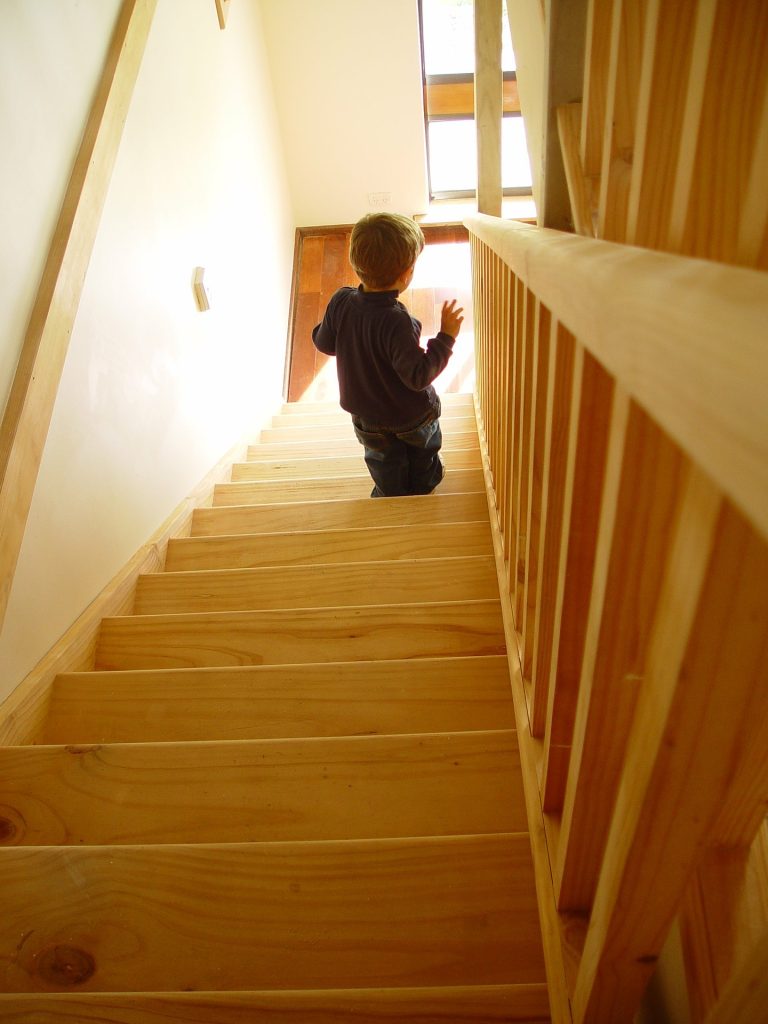
An Everest that every baby is bound to want to climb, it’s one of the biggest areas that needs supervision. However there’s no need to jump to moving to a bungalow, when you can add in some simple stair gates to stop them in their tracks. Many today don’t even require any drilling, fitting easily into a corridor or doorframe.
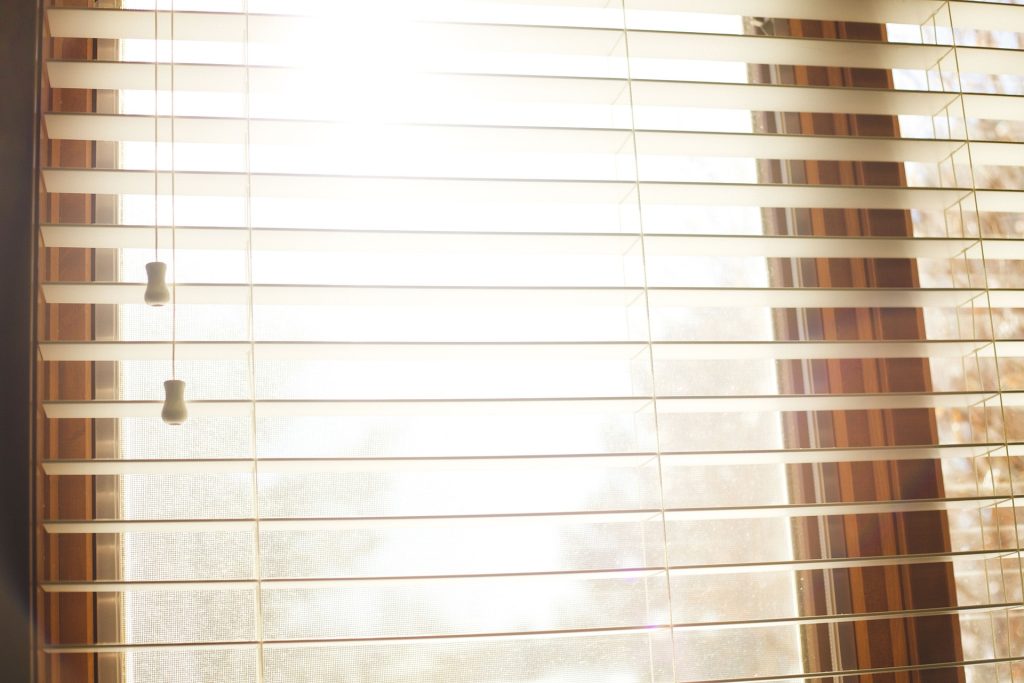
Generally it’s easier to avoid blinds or curtains without looped cords, but where this isn’t possible make sure to secure the cords using safety tassels or cord stops to avoid any risk of strangulation.
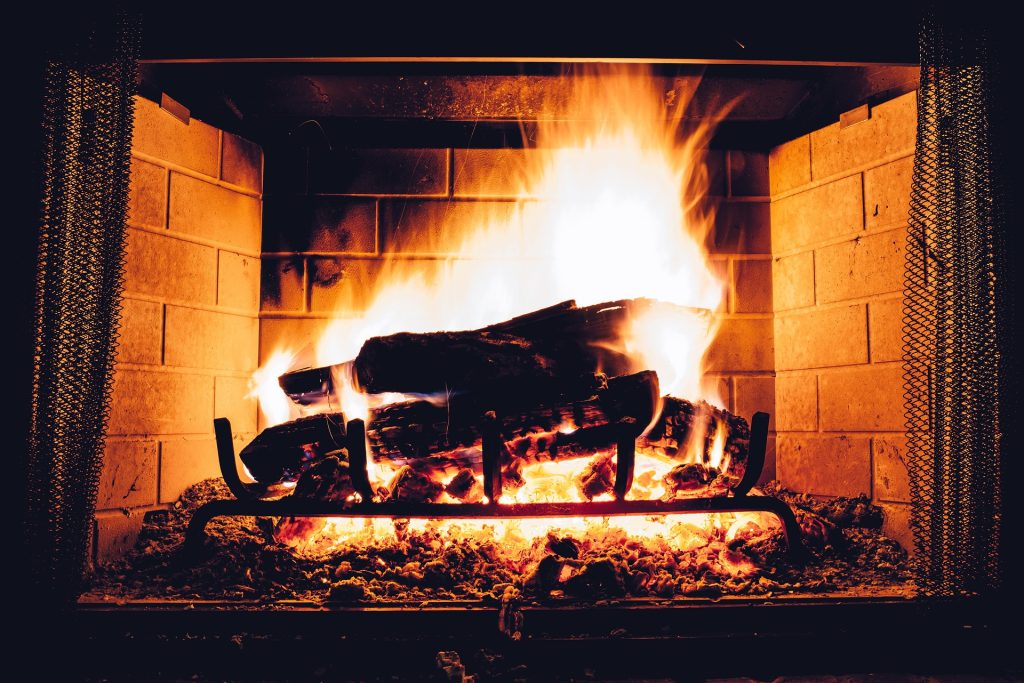
Wandering explorers are bound to be enticed by fires, but they don’t tend to mix well together. Where both are present in a house, it’s actually a legal requirement that you have a fireguard in place. Don’t forget to also check your smoke alarms regularly to keep everyone safe, not just your little one.
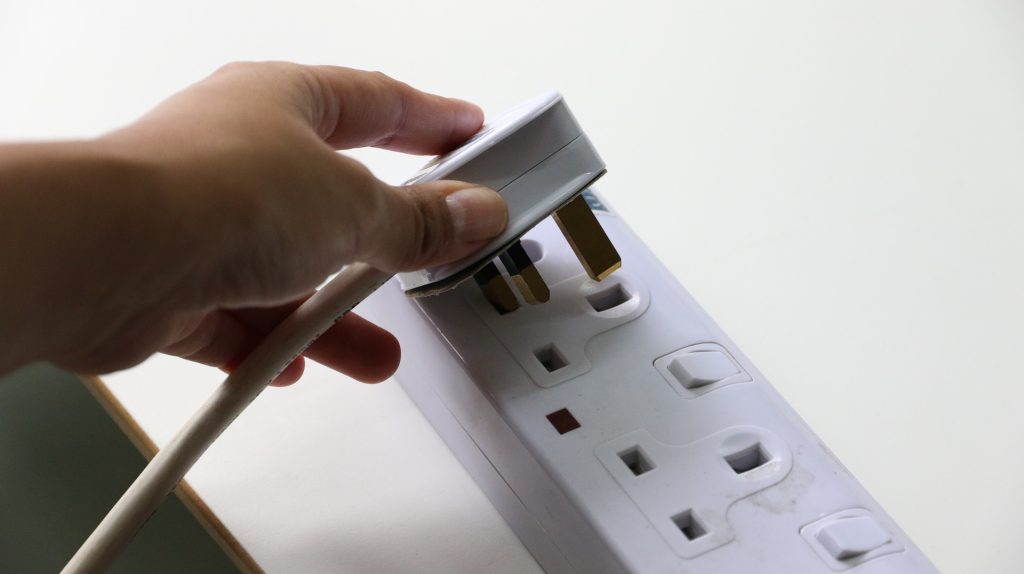
Little holes in electrical sockets are just the right size for little fingers… Take that urge away easily by installing plug covers on any empty outlets. They’re one of the cheapest and easiest things on this list to sort that covers one of the bigger risks.
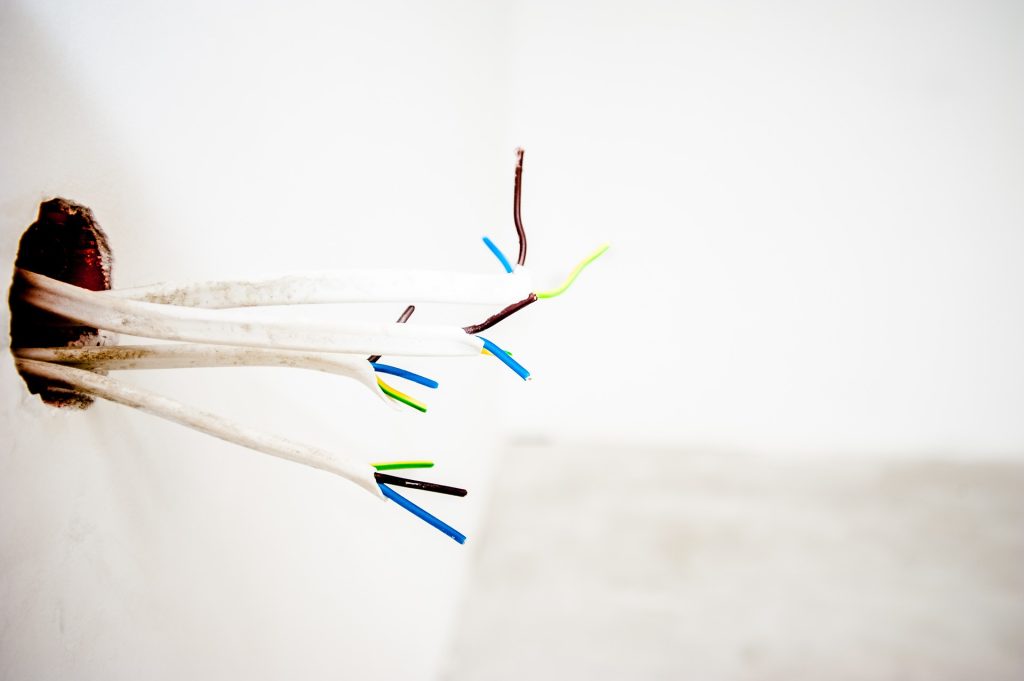
On a similarly electrical theme, make sure that wires are tucked away out of sight and reach. A few too many tugs on a loose cable could bring a lamp or iron tumbling onto their head, or could expose the wiring inside for a nasty shock. Unplug some appliances when not in use if they can’t be tucked away, or for more permanent items you could invest in some easy stick-up trunking that keeps things neat as well as safe.
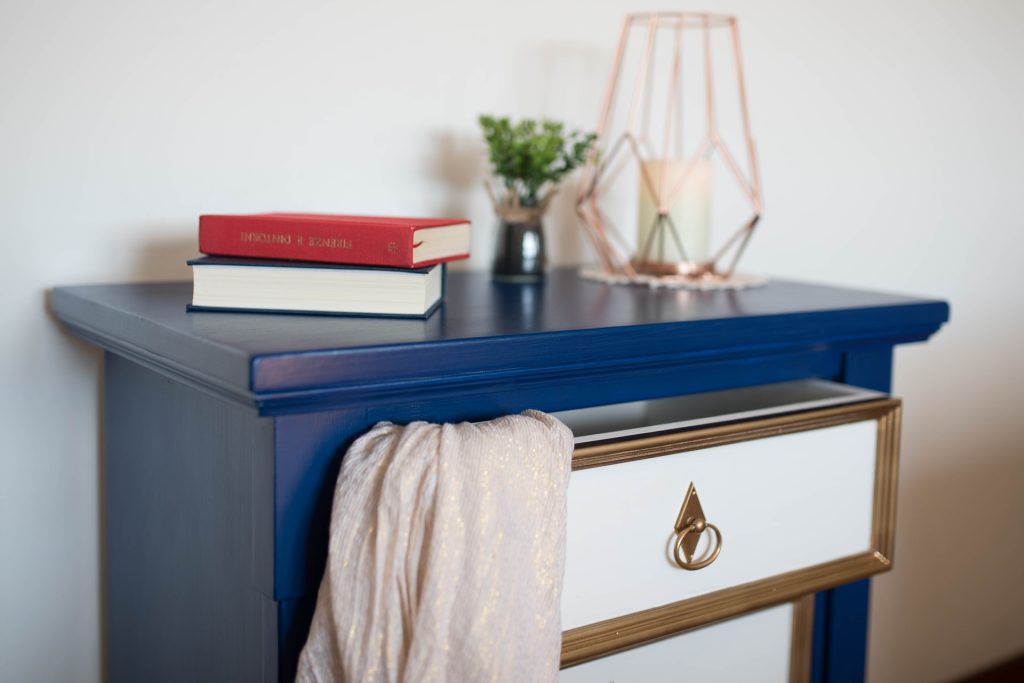
But it’s not just pulling wires that can things to come crashing down, large pieces of furniture are similarly available and dangerous. Make sure that heavy items like chests of drawers or bookcases (particularly those that look like an appealing climbing frame) are anchored securely to the wall using screws or strong straps, ideally made of metal. This is particularly important when your baby is at an age where they begin to pull themselves up on nearby furniture. Get down on the floor to their level and see what could become a potential hazard.
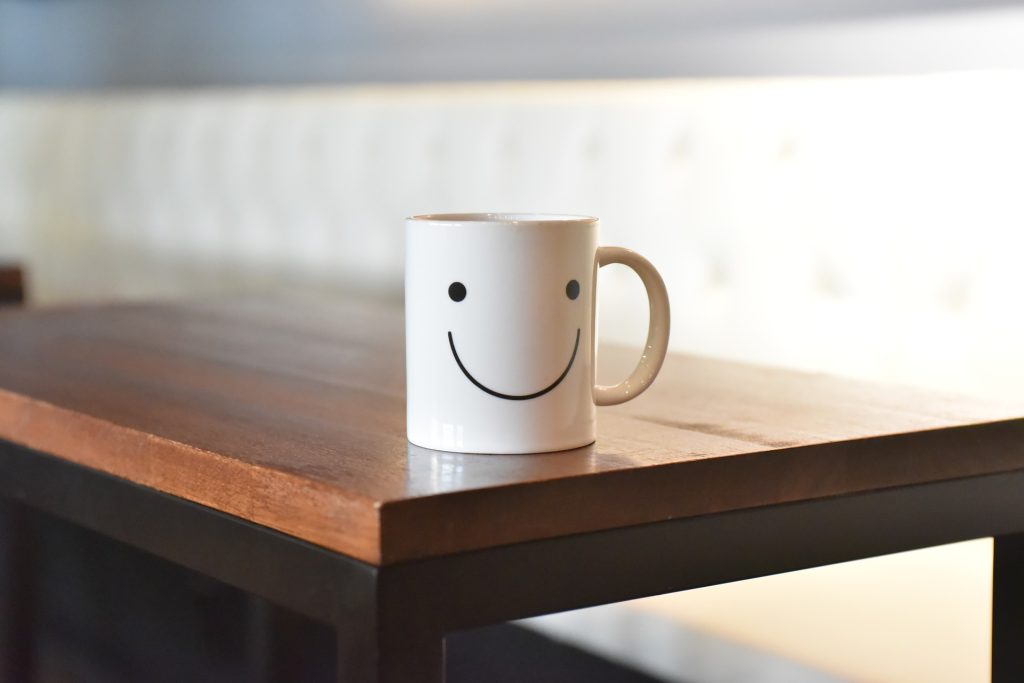
Once they’re toddling around, sharp edges at around an adult’s knee height, such as coffee tables, become a risk when they inevitably fall over. Thankfully there are plenty of discrete edge and corner protectors available that simply stick on to cushion any potential impact on their heads.
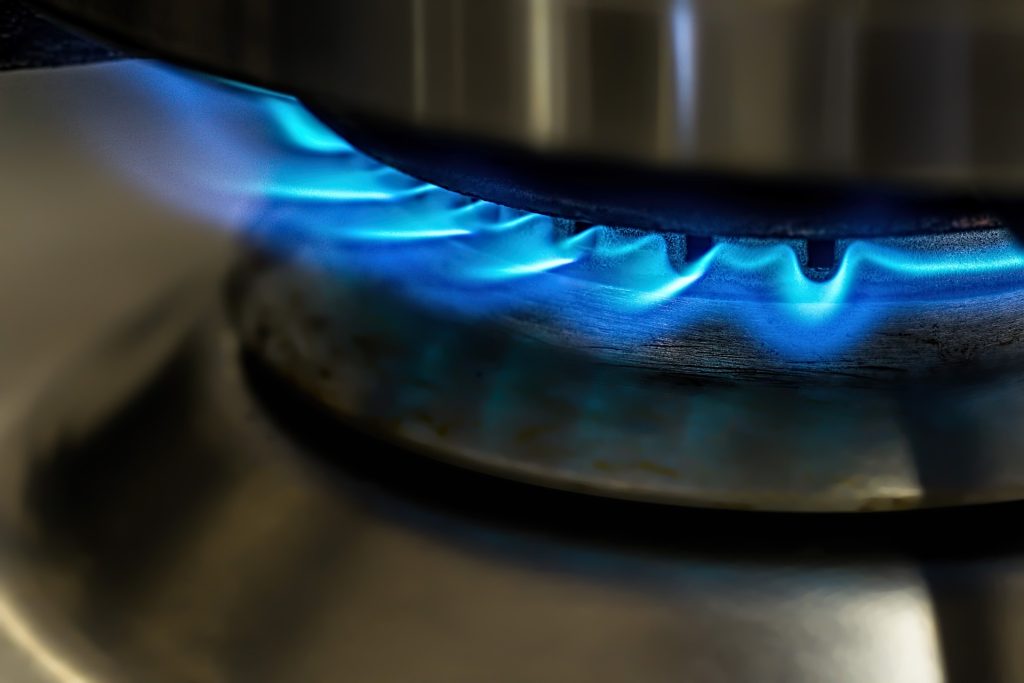
Lastly, cupboards and kitchen equipment are not something you can exactly move or completely close off, but there are ways of making it so only you can access them. Childlocks on cupboard doors can prevent them from being opened by little hands, where you don’t have the space to move potentially dangerous items like cleaning chemicals under the sink to a different location. Hobs and ovens can also be fitted with similar locks or covers that prevent them from being accidentally turned on.
Subscribe to our newsletter to be notified when we publish more useful free guides